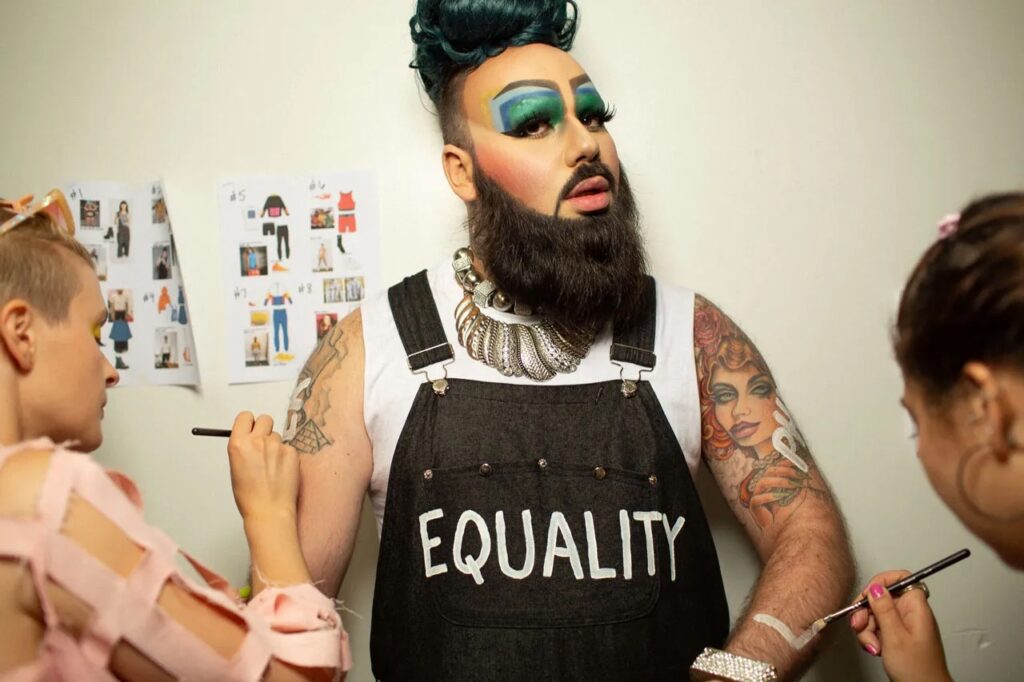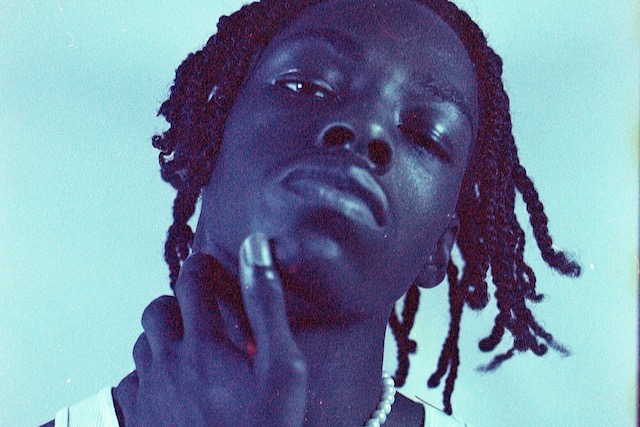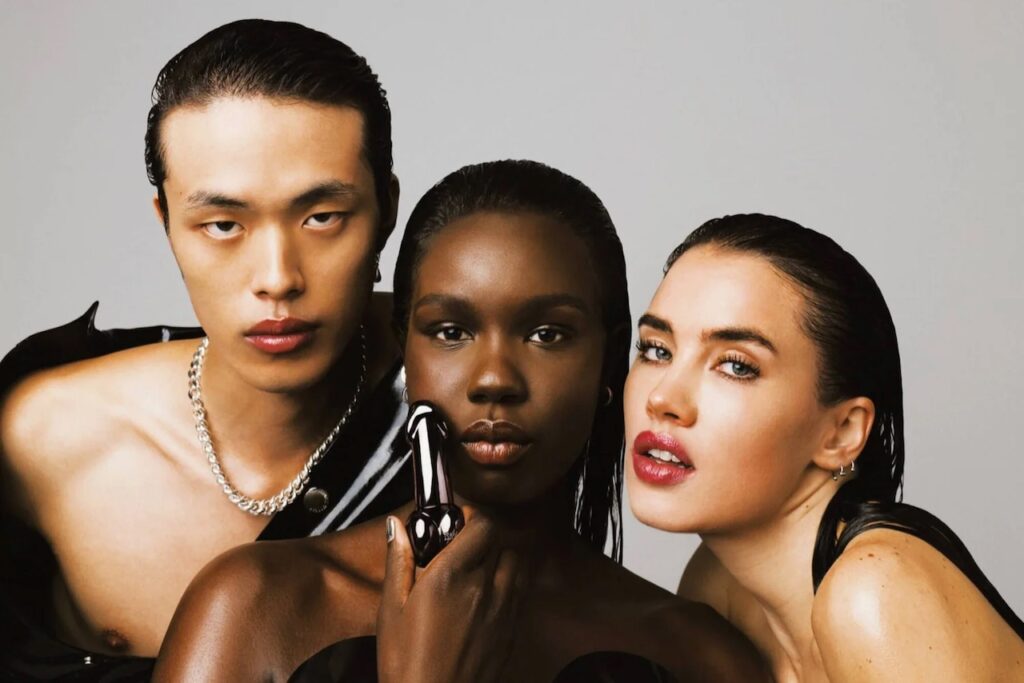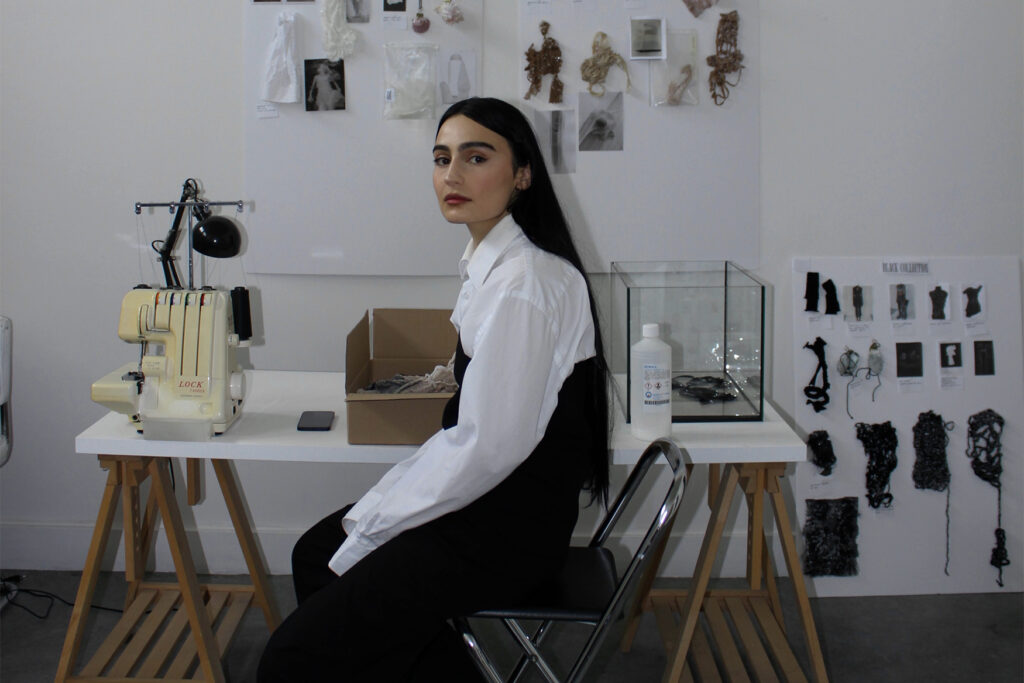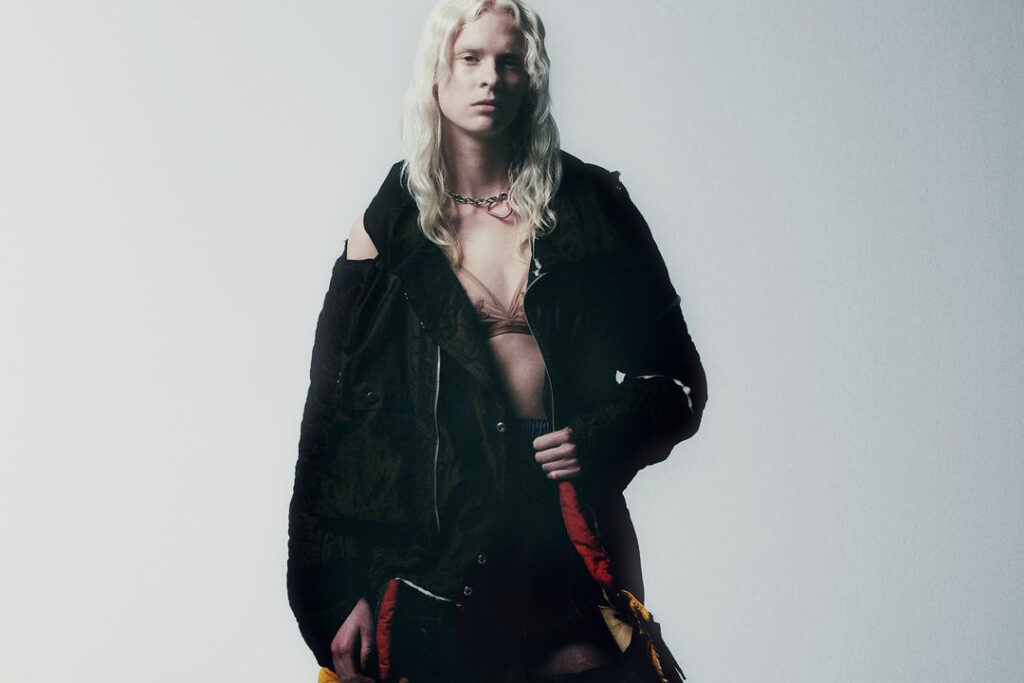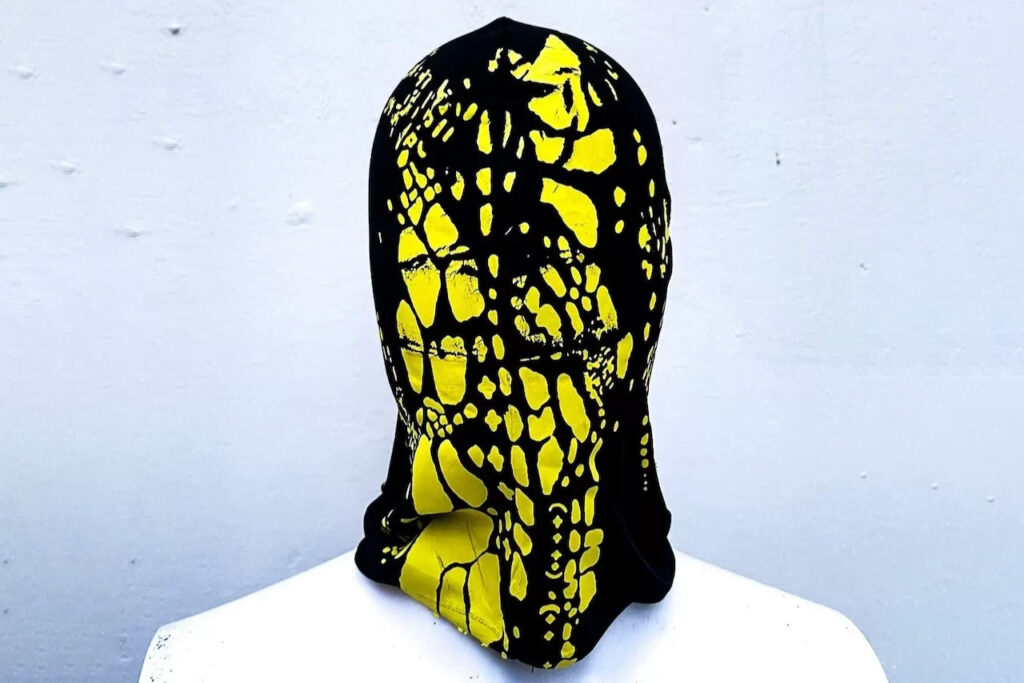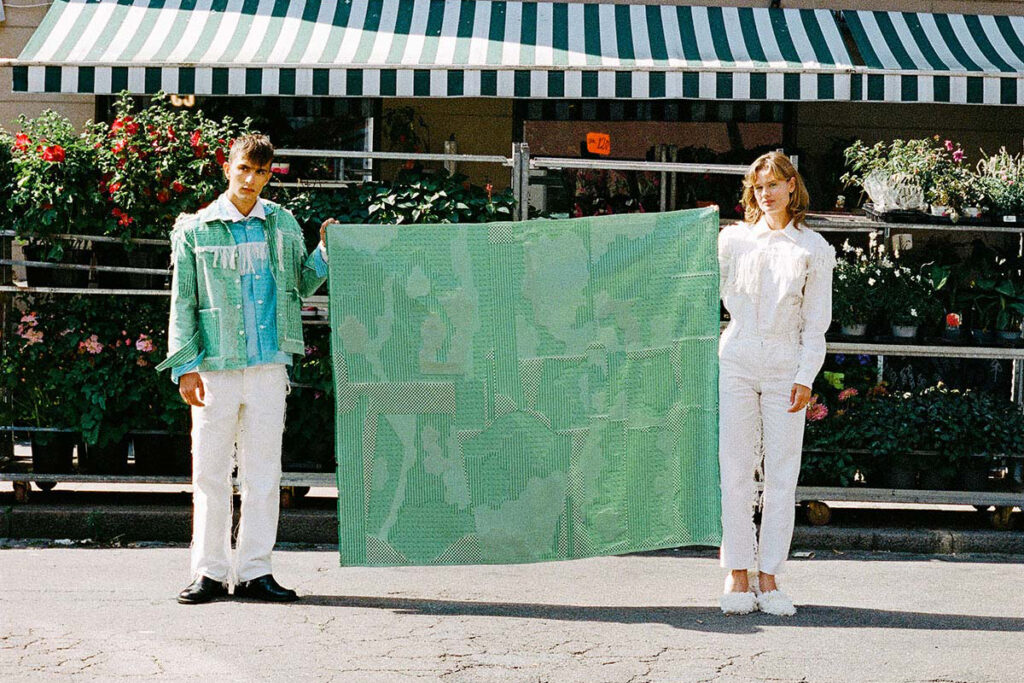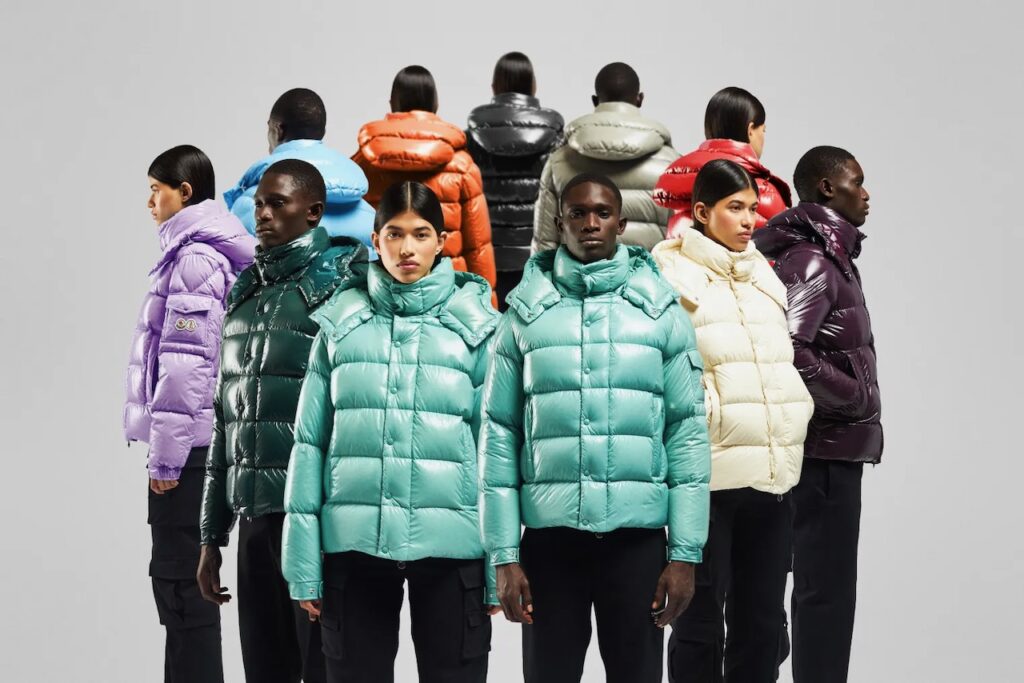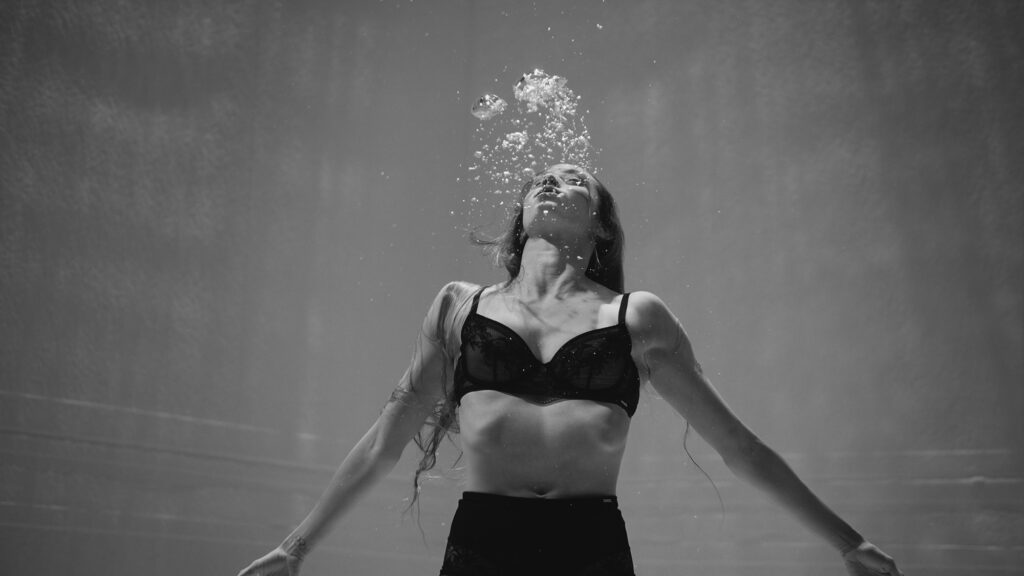Here’s an interesting fact you might not be aware of. Streetwear and a great deal of alternative fashion owe their existence to queer culture.
The relationship between streetwear and queer fashion
Why have streetwear and most alt-fashion took such inspiration from queer culture? Maybe, just maybe, it happened because mainstream, popular, high fashion was meant to protect the established status quo, it was meant to divide society into haves and have-nots. It was meant to maintain social order, and only the elite was privileged enough to truly dabble in style, fashion, and self-expression, all while adhering to a dress code that set them apart from the rest of society. However, the remaining social classes were meant to dress according to their role in said society, their style was based on their function. There was a norm and clothes fed back said norm.
Queer people on the other hand, by their very nature, were an exception to the norm. They were already out there so they made a creed out of it, they made their uniform loud for those who couldn’t speak up. Their mere existence was proof of their uniqueness, proof of self-expression. And that translated into their clothes.
For most of society, it was function over style altogether. And so a sort of uniform was born for each class as a result. Hence the working class and overalls, or any other type of workwear, and middle class with their homogenous outfits – fit for office work and casual Fridays or family Sundays -, characterized by an eerie sameness, unproblematic, khaki, beige.
Willi Smith saw this and decided to understand it differently.

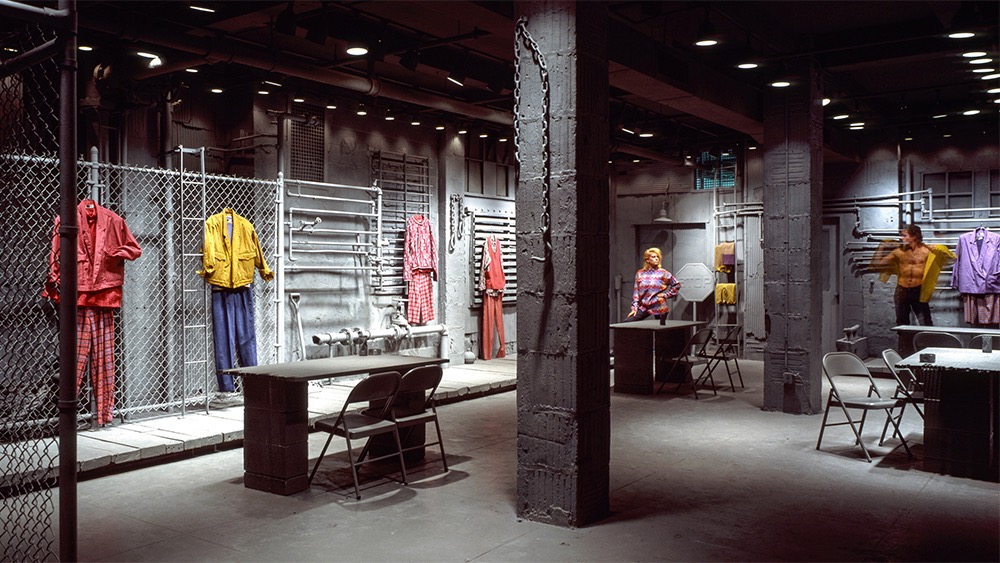
Willi Smith: The queer black designer we should thank for streetwear being high fashion
Who was Willi Smith? Well, Willi Smith was a queer black designer from Philadelphia credited with making streetwear high fashion in the 70s and 90s. Smith was kicked out of Parsons, where he studied on a scholarship, for being in an openly gay relationship, but he managed to infiltrate the industry designing for Talbots and Digits before founding his own label Williwear. Willi Smith tragically died of AIDS at the premature age of 39, but his legacy lives on.
He flipped the script around and showed the world that you didn’t need to be rich to have style. That what you saw on the streets was indeed fashionable, impactful, and therefore valuable. He was one of the first, if not the first, to connect high fashion with everyday life and everyday people, rather than using fashion as means of gatekeeping.
As a matter of fact, Willi Smith put New York on the fashion map! Before this queer black designer, New York wasn’t really considered the fashion city is today. Much less one of the capitals of fashion that could compete with or compare itself to the chicness and class of a city such as Paris for example.
But Smith believed that it wasn’t necessarily the clothes that made the fashion, it was how you wore them that made the difference. This philosophy definitely resonates with the way in which GenZ has gotten ahold of fashion and made it its own in recent years; mixing and matching elements from all walks of the earth, from neutrals to intricate, vintage to contemporary basics to create the most unique fits.
Why Streetwear Owes Its Existence To Queer Fashion
Now, you might be thinking “that was a long time ago, there have been others who have been very influential and put streetwear and alt-fashion where it is today”. And you’d be right.
Shayne Oliver blazed the trail for queer aesthetics in streetwear
Were there more designers besides Willi Smith that contributed to streetwear becoming what it is today? Yep. For example, Shayne Oliver, a queer black designer who in 2006 launched Hood By Air, thus re-introducing streetwear to the world of high fashion. Without Oliver, there would have been no Virgil Abloh and no Yeezy.
A decade ago Shayne Oliver was doing shows that featured queer dancers voguing for the Manhattan fashion elite. Borrowing the subculture practised mainly by the queer and transgender Black and Latinx youth of Harlem.
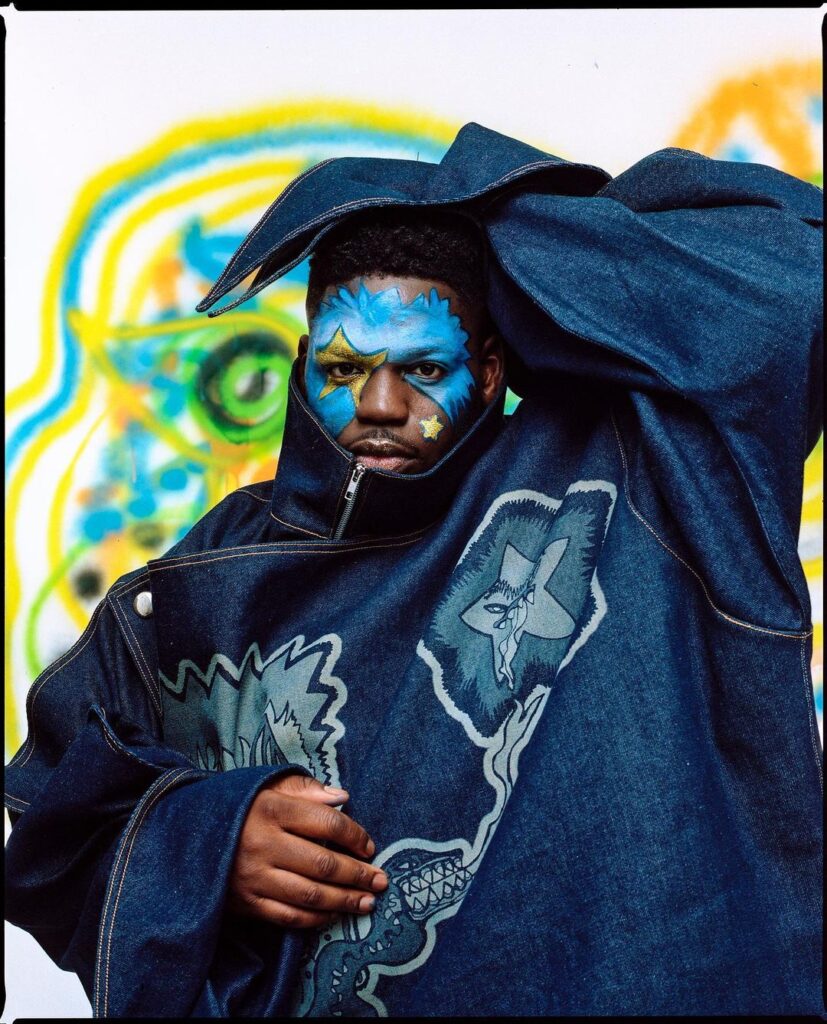
Do you see a pattern here?
For decades mainstream high fashion masterfully exercised gatekeeping, and after being shown what uniqueness truly looked like, they decided they wanted it too. Individuality has conquered uniformity. Streetwear and alt-fashion are all the rage now, because they make one look, and consequently feel, unique. And this works because these aesthetics were born out of a community whose by the nature of their very existence is made up of different, unique, individuals.
Let’s not forget that. Let’s not forget them.
